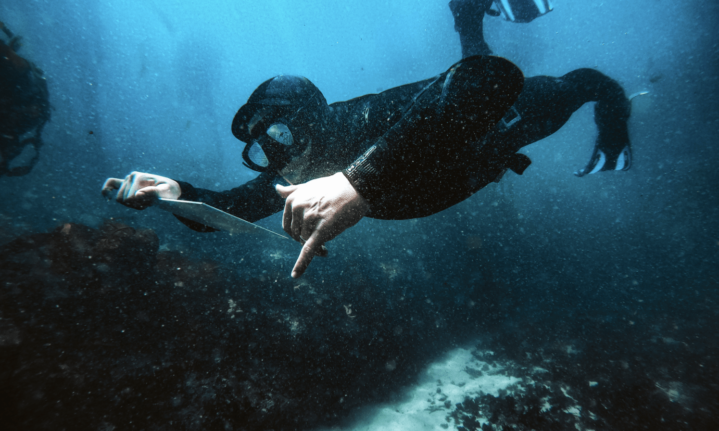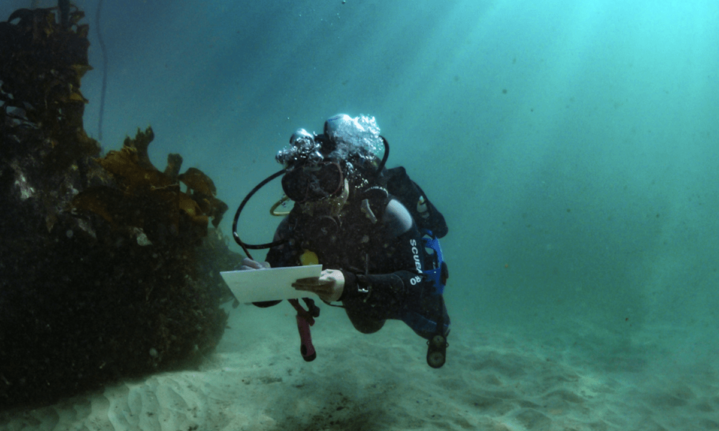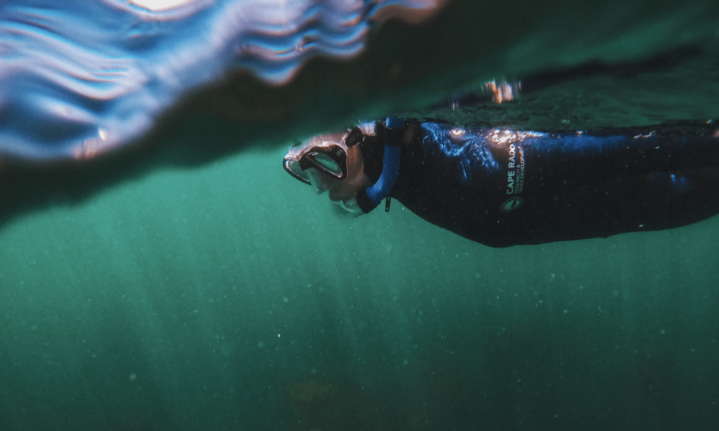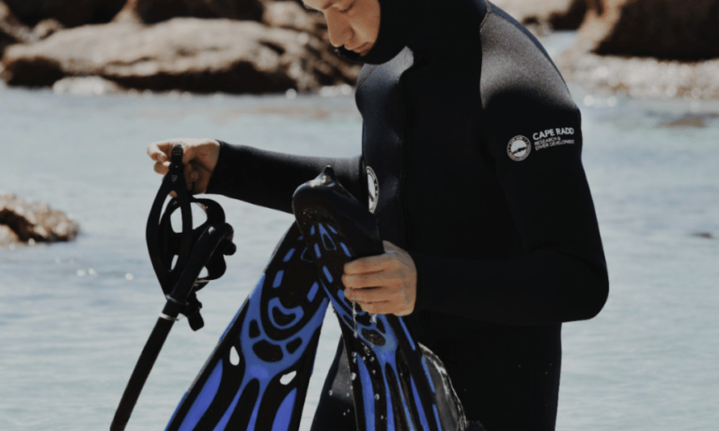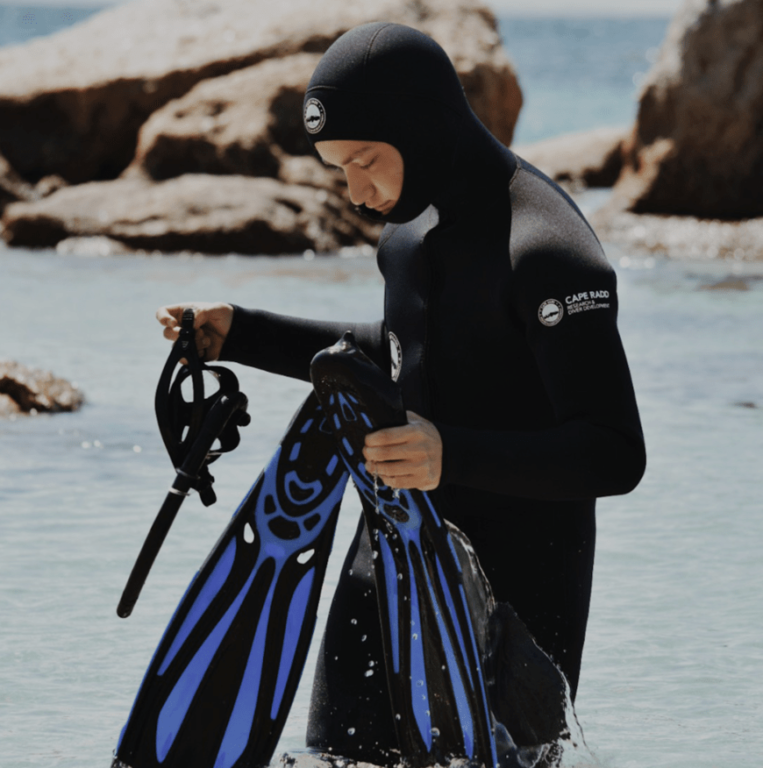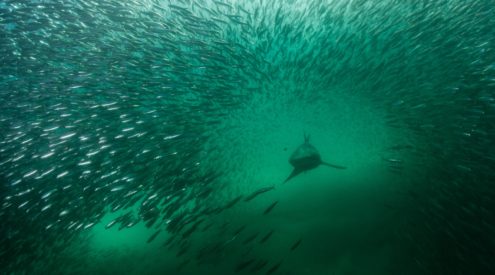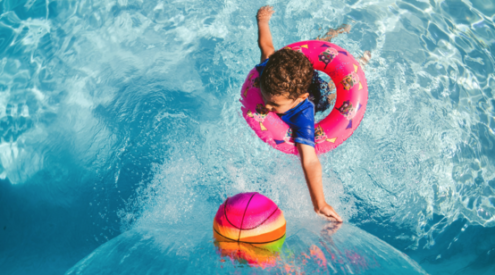Frank Chapman, an ornithologist at the American Museum of Natural History, initiated the Audubon’s Christmas Bird Count in 1900. He motivated ordinary people to count birds, instead of killing them in the annual bird hunt, and began what was to become one of the world’s oldest ongoing citizen science projects.
The event has grown in popularity and the collected data is uploaded to an online repository that’s accessed multiple times a week by research scientists from around the globe.
There are citizen science projects in South Africa, too, allowing stay-at-home moms, bored executives, belligerent teenagers and anyone in-between, to contribute to science while having fun at the same time. Here are a few ways to aid research along our coastline.
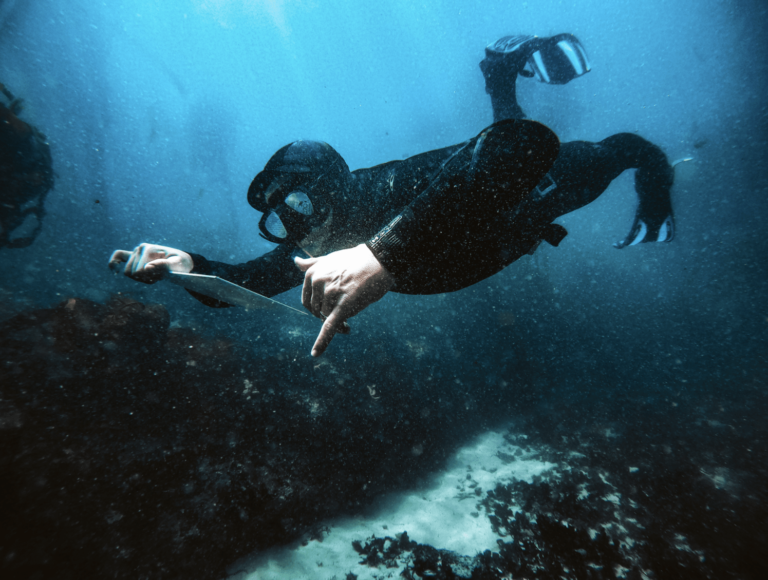
Snorkel or scuba dive with Cape RADD
Mike Barron is part of a group of marine biologists and conservationists at Cape Research and Diver Development (Cape RADD), a marine field station in Simon’s Town that engages in daily scientific fieldwork in and around False Bay, Cape Town. Besides doing research and providing infield training to students, the team invites members of the public to join conservation-based snorkelling and scuba diving expeditions to count fish and small sharks.
You’ll find autumn-coloured anemones, sea urchins and soft corals hugging the rocks along sheltered coves in these underwater haunts. Vibrant nudibranchs and metamorphic octopuses also make their home among the kelp forests. The nutrient-rich waters also provide shelter for fish such as red stumpnose, strepies and hottentots, as well as small sharks.
‘One of the projects we’re involved in is gathering information on small sharks, which haven’t been studied as closely as the bigger species, leaving a data deficit,’ says Mike. Among the little Jaws that inhabit the shallows of False Bay are puffadder shysharks (that curl up when they feel threatened), and leopard and pyjama catsharks.
As a citizen scientist, you’ll be briefed on data collection methods and shown how to visually identify the species of fish that you’re likely to see before heading into the sea. Once in the water, you’ll record the types of fish you spot on a waterproof data slate, or by camera while enjoying an up-close encounter in nature. The information then gets uploaded to Cape RADD’s database.
International students come in winter to do infield training during their university holidays. Morning theoretical workshops by field biologists and dive experts are followed by freediving or scuba diving, where students can apply their newly acquired data collection and field operation techniques. Alternatively, they head out on a boat to lower-baited remote underwater video stations (BRUVs) that help to measure biodiversity both inside and outside marine protected areas.
Cape RADD also encourages citizen scientists to join boat-based research expeditions, where you’ll get to help marine biologists deploy underwater cameras, search for the Marine Big Five, and sample the water for microplastics.
The field station team hopes to spread awareness and conservation messages to the public, while concurrently growing its database. ‘In time we hope to gather enough information to help marine conservation organisations, as well as the local fisheries, make informed decisions to help protect the biodiversity surrounding this peninsula,’ says Mike.
062 331 7530, caperadd.com
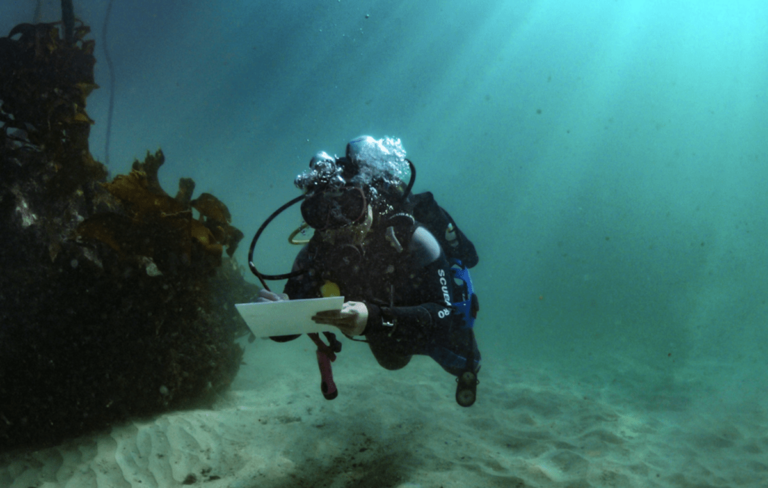
Tag a fish or report a tagged fish
The Oceanographic Research Institute (ORI), based at uShaka Marine World in Durban, operates a long-term citizen science project known as the Co-operative Fish Tagging Project (ORI-CFTP), or ORItag, which was launched in 1984. The marine environmental initiative invites anglers to buy a tagging kit and the ORI provides a series of online training videos that demonstrate how to handle, measure, tag and release fish with as little stress to them as possible. Among other things, the videos explain when to measure the fork length of a fish’s tail and when to measure the entire length.
Tagged fish are often recaptured by regular members of the public and the ORI encourages people who catch a tagged fish to measure, weigh and upload the relevant information to its database, via its website. This citizen science project helps the ORI gather information such as the rate of growth and the distance the fish has travelled since the initial capture.
The ORI makes it clear that a tagged fish doesn’t belong to the organisation (or the angler who first tagged it), so if you’re planning a fish braai on holiday and you catch a tagged specimen, you are under no obligation to re-release it.
079 529 0711, oritag.org.za
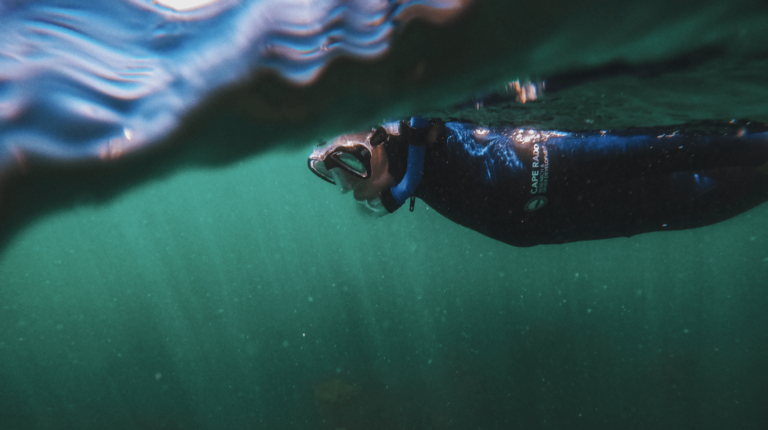
Join a beach clean-up and log trash
The Marine Debris Tracker is an app, supported by the National Geographic Society, that enables citizen scientists from around the world to upload information about oceanic (and inland) waste.
The Two Oceans Aquarium in Cape Town is among the groups that make use of the tracker when organising beach clean-ups. Items that get collected – such as earbuds, plastic straws, chip packets and fishing gear – are counted and logged within the app. This open data platform can then be accessed by research scientists, or anyone else, looking for information on the amount and types of rubbish found on specific beaches or along waterways.
The aquarium typically organises beach clean-ups during spring and summer, such as the clean-up held on Monwabisi Beach on International Coastal Cleanup Day in September 2021. However, you can collect waste on beaches at any time and log the information within the app.
To get involved, download the Marine Debris Tracker and head to the beach with a refuse bag and some rubber gloves. If you’d prefer to participate in an organised beach clean-up, look out for events on the websites and social media pages of KZN Beach Cleanup, The Beach Co-op, the Wildlife and Environment Society of South Africa (WESSA) and the Two Oceans Aquarium.
021 418 3823, aquarium.co.za
Other coastal citizen science projects
You can record sightings of sharks, rays and skates (collectively known as elasmobranchs) and upload photos and information to South African Elasmobranch Monitoring, or ELMO. elmoafrica.org
Cape RADD has a similar database to record shark encounters, called Fin Spotter. fin.caperadd.com
Jelly Watch encourages the public to submit records of jellyfish sightings. jellywatch.org
To find citizen science projects near you, visit SciStarter. scistarter.org
A version of this article appeared in the February 2022 print issue of Getaway
Words by: Elise Kirsten; Pictures: Elise Kirsten, Cape RADD, Gallo/Getty Images
ALSO READ: Fish may be in trouble as oxygen levels drop
Follow us on social media for more travel news, inspiration, and guides. You can also tag us to be featured.
TikTok | Instagram | Facebook | Twitter









